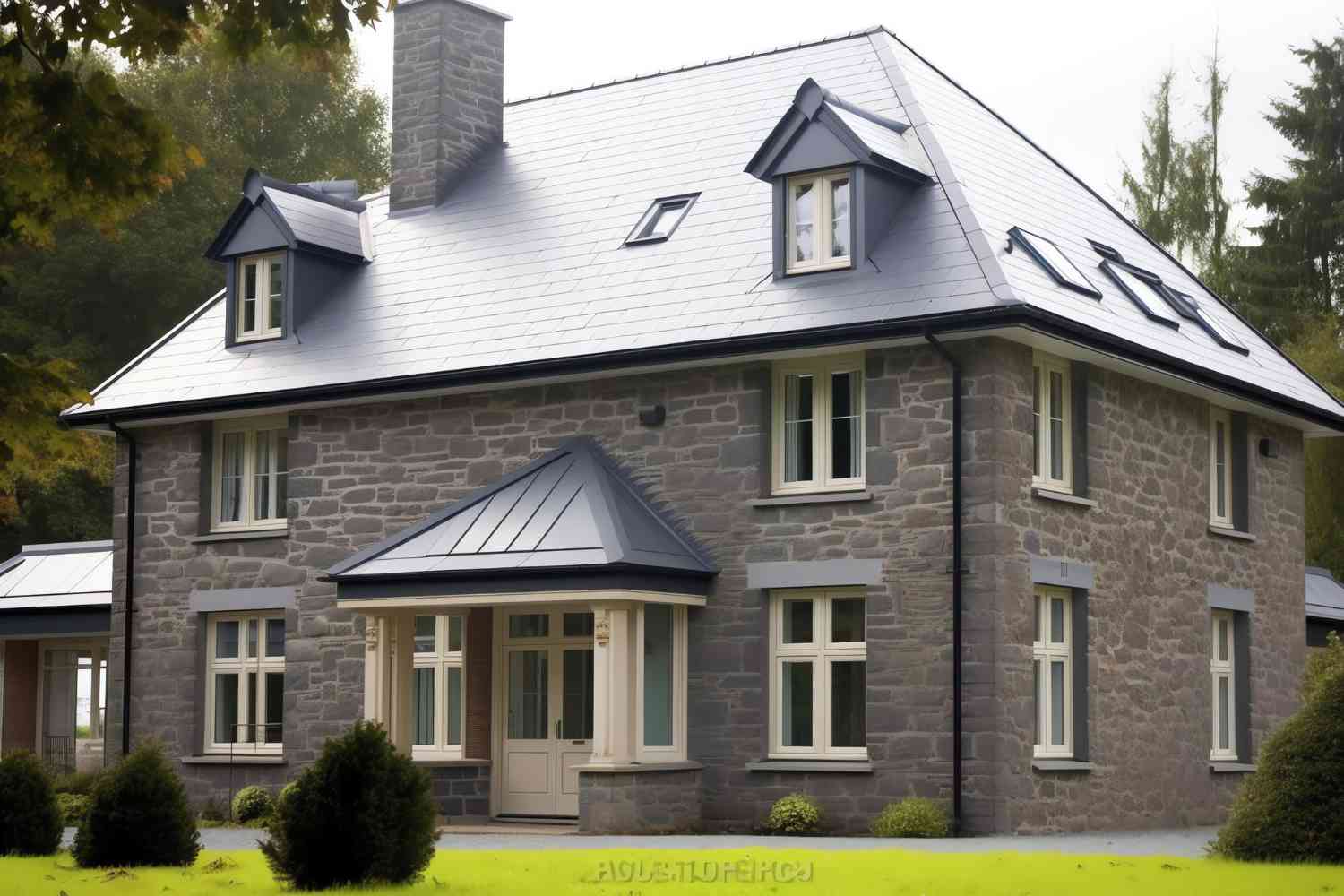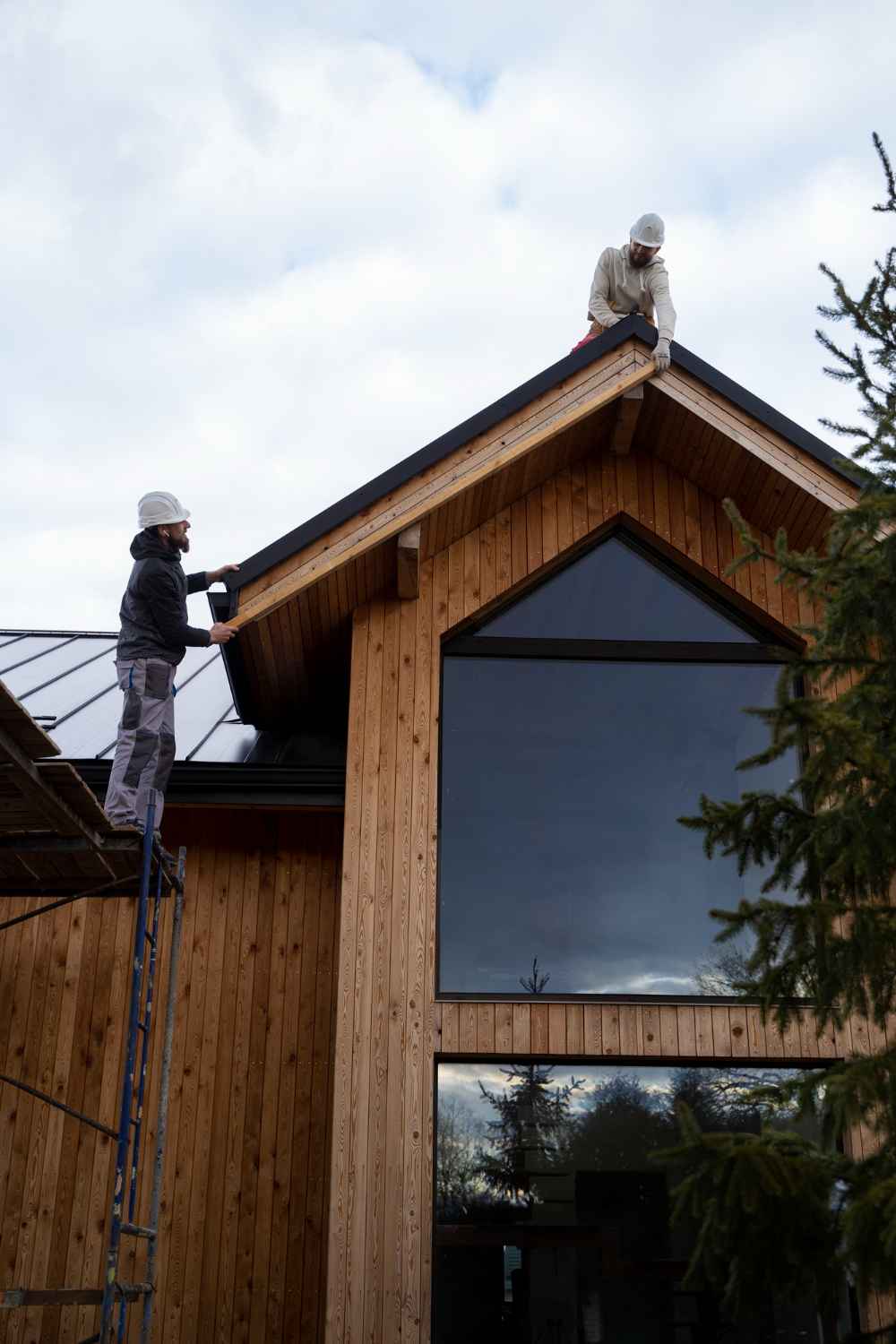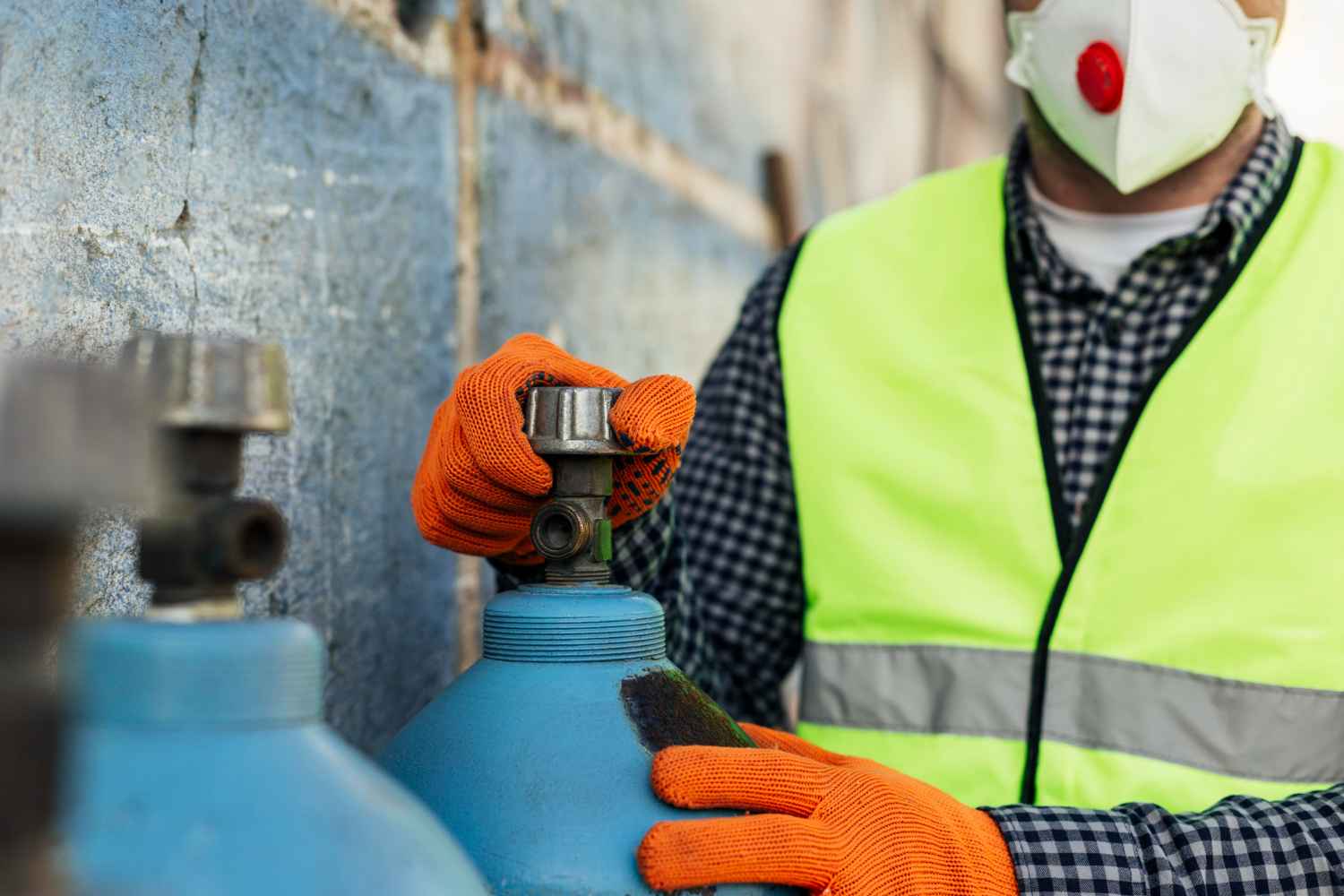Boilers are the unsung heroes of our modern world, quietly providing the heat and hot water we rely on daily. Whether you’re enjoying a warm shower, toasting your toes by the radiator, or brewing a cup of tea, you need a boiler to thank. These clever devices work by heating water or steam to generate heat, and they come in various models and sizes to suit everyone’s needs.
In brief, boilers are indispensable in many sectors, providing heat, steam, and hot water for a multitude of applications. Their diverse range of designs and fuel options, combined with a focus on efficiency and safety, make boilers an essential component of our modern industrial and residential infrastructure.
Understanding Boiler Pressure
When discussing the boiler and its associated features, boiler pressure is critical. Boilers and boiler pressure go hand in hand, playing a crucial role in the efficient functioning of these heat-generating systems.
Boiler pressure refers to the force exerted by steam or water within the boiler. It’s a critical factor because the pressure directly impacts the temperature at which water boils, affecting the efficiency and performance of the boiler.
Measurement Units
Boiler pressure is typically measured in units of bar, kilopascals (kPa) or pounds per square inch (psi). The specific pressure requirements depend on the type of boiler, its design, and the intended application. Different boilers operate at varying pressure ranges to meet specific processes or heating requirements.


Importance of Boiler Pressure
Boiler pressure is of significant importance in the proper functioning and efficiency of a boiler. The pressure of steam or water within a boiler directly affects its temperature, which in turn impacts its performance.
If the boiler pressure falls too low, it can lead to inadequate heating or hot water production. The water may not reach the critical temperature, resulting in discomfort or inefficient operation. On the other hand, excessive boiler pressure can be problematic and potentially dangerous. It may cause damage to the boiler, pipes, or other components, posing safety risks and the potential for costly repairs.
To prevent such issues, skilled engineers carefully regulate and monitor the boiler pressure, ensuring it remains within a safe and efficient range. By doing so, they optimise the performance and reliability of the boiler while minimising the likelihood of breakdowns or the need for expensive replacements.
Proper boiler pressure management ensures optimal performance and reliability while minimising the risk of costly repairs or replacements. By understanding the significance of boiler pressure, homeowners and businesses can ensure the longevity and efficiency of their heating systems while maintaining a safe and comfortable environment.
Issues with The Boiler Pressure
Boiler pressure-related issues can arise if the pressure is not properly managed or if the system has underlying problems. Here are a few common issues associated with boiler pressure:
Low Pressure: Low boiler pressure can lead to insufficient heat or hot water, and a water leak may cause it, a faulty pressure relief valve, or a problem with the pressure gauge. Low pressure can also result from bleeding radiators or a system’s water loss.
High Pressure: High boiler pressure can risk the system and its components. It can be due to a faulty pressure relief valve, a malfunctioning pressure regulator, or a buildup of debris or sludge in the system. Excessive pressure can result in leaks, water hammers, or even a boiler explosion in extreme cases.
Pressure Fluctuations: If the boiler pressure constantly fluctuates, it could indicate a problem with the expansion vessel or a faulty pressure sensor. These fluctuations can cause the boiler to turn on and off frequently, leading to inefficient operation and increased wear and tear.
Pressure Loss: Sudden or gradual pressure loss in the boiler system may be due to leaks in pipes, valves, or radiators. It can result in decreased performance and the need for frequent repressurisation.
It’s crucial to address any issues with boiler pressure promptly. Consulting a qualified heating engineer or boiler technician is recommended to diagnose and resolve the underlying problems and ensure the safe and efficient operation of the boiler.
Here we will focus on low boiler pressure, its reasons, its solutions, and some other key information.
Low Boiler Pressure
Low boiler pressure is when the pressure within a boiler system is below the recommended or normal range. In most residential boilers, the ideal pressure range is typically between 1 to 1.5 bar (14.5 to 21.7 psi). However, the pressure range can vary depending on the boiler manufacturer and model.
Causes of Low Boiler Pressure
Low boiler pressure can occur due to various reasons, including:
Water Leaks
A leak within the boiler system, such as a faulty valve, joint, or pipe, can cause a loss of water and subsequently reduce the pressure. Insufficient water levels lead to low-pressure readings.
Bleeding Radiators
When air accumulates in the radiators, it can displace water, resulting in lower pressure within the system. Bleeding the radiators to release trapped air is a common maintenance task, but it can inadvertently lead to a decrease in boiler pressure if not adequately repressurised afterwards.
System Drainage
If the boiler or the central heating system has been drained for maintenance or repairs, it can result in low pressure when the system is refilled. It’s essential to ensure proper repressurisation after system drainage.
Faulty Pressure Relief Valve
The pressure relief valve helps to release excess pressure from the boiler system to prevent it from reaching dangerous levels. If the valve becomes faulty or is improperly set, it can result in lower pressure than desired.
Detecting Low Boiler Pressure
To detect low boiler pressure, you can follow these steps:
Check the Pressure Gauge
Most boilers have a pressure gauge on the front panel or near the pressure vessel. The gauge displays the current pressure reading. The recommended pressure range is typically between 1 to 1.5 bar (14.5 to 21.7 psi). If the pressure reading on the gauge is below this range or in the red zone, it indicates low boiler pressure.
Look for Warning Lights
Some boilers have warning lights or indicators that illuminate when the pressure falls below the desired level. Check the boiler control panel or display for any illuminated warning lights, which can clearly indicate low pressure.
Insufficient Heat or Hot Water
If you notice a decrease in the heating output or a lack of hot water, it may be a sign of low boiler pressure. Inadequate pressure can affect the boiler’s ability to heat water effectively, reducing heat or hot water supply.
Check Radiators
Feel the radiators in your home or building. It could indicate low pressure if they are cold at the top while the bottom remains warm. Air trapped within the radiators due to low pressure can cause uneven heat distribution.
Look for Water Leaks: Inspect the area around the boiler and the pipework for any visible water leaks. Leaks can lead to pressure loss in the system and are often associated with low boiler pressure.


Key Instruments for Detection
The key instruments for detecting low boiler pressure include:
- Pressure Gauge measures the pressure within the boiler system, allowing you to determine if the pressure is below the recommended range.
- Pressure Sensor monitors the pressure continuously and provides real-time feedback on the pressure level within the boiler.
In addition to the pressure gauge and pressure sensor, other instruments that can help in detecting low boiler pressure are:
- Pressure Relief Valve automatically releases excess pressure from the boiler to prevent it from reaching dangerous levels. If the pressure relief valve consistently releases pressure, it could indicate low pressure within the boiler.
- Water Level Indicator monitors the water level inside the boiler. In case the water level of the boiler is consistently low, it can indicate low pressure.
- Control Panel Display has a digital control panel that provides information about the boiler’s operating parameters, including pressure. A display’s low-pressure alarm or warning message can indicate low boiler pressure.
Drawbacks of Low Boiler Pressure
- Low pressure can reduce heat output from the boiler, leading to insufficient warmth in the building or living space.
- Low boiler pressure can also impact the production and supply of hot water.
- When the boiler pressure is low, it needs to work harder. This increased demand for energy can result in higher energy consumption, leading to increased utility bills.
- Low pressure strains the boiler system, potentially leading to damage and component wear.
- Low pressure can be a sign of a leak in the system. Water leaks can cause damage to the boiler, surrounding structures, or electrical components.
- Low pressure can cause air pockets within the heating system, leading to uneven heat distribution.
Addressing low boiler pressure promptly is important to mitigate these drawbacks. Consultation with a professional heating engineer or boiler technician is recommended to identify the underlying cause and take appropriate corrective measures to restore optimal pressure levels in the system.
How to Resolve This Issue?
To correct low boiler pressure, follow these steps:
Identify the Issue: Determine the cause of the low pressure, such as a water leak, bleeding radiators, or system drainage.
Check for Leaks: Inspect the boiler, pipes, valves, and radiators for any visible water leaks. Repair or replace any damaged components.
Repressurise the System: Locate the filling loop or valve near the boiler. Connect it to the water mains and slowly open the valve to allow water into the system. Monitor the pressure gauge and stop when the pressure reaches the recommended range.
Bleed Radiators: If bleeding radiators cause pressure loss, repressurise the system after bleeding by following the previous step.
Adjust Pressure Relief Valve: Ensure the pressure relief valve is not faulty or improperly set. Consult the manufacturer’s instructions or seek professional assistance to adjust or replace the valve if necessary.
Monitor the System: After repressurising, monitor the pressure gauge to ensure it remains within the desired range. If pressure drops or issues persist, consult a professional heating engineer for further inspection and resolution.
Remember, if you’re unsure about any of the steps or encounter difficulties, it’s always advisable to seek the assistance of a qualified heating engineer or boiler technician to ensure proper correction of low boiler pressure.
When Should You Call an Engineer?
It is recommended to call a qualified heating engineer or boiler technician in the following situations:
- Persistent low pressure despite attempted fixes.
- Frequent pressure loss even after repressurisation.
- Water leaks around the boiler, pipes, or radiators.
- Unusual noises, malfunctions, or erratic behaviour.
- Safety concerns like strange smells or vibrations.
In conclusion, maintaining the proper pressure in your boiler system is crucial for efficient and effective operation. Low boiler pressure can lead to drawbacks such as insufficient hot water supply, potential damage to the boiler, and safety hazards. It is essential to detect and address low pressure issues promptly.
Conclusion
However, if low pressure persists or there are safety concerns or frequent malfunctions, it is advisable to call a qualified heating engineer or boiler technician. They have the expertise to diagnose and address the underlying issues, ensuring your boiler system’s safe and efficient operation. Regular maintenance and professional assistance will help ensure your boiler’s optimal performance and longevity.

